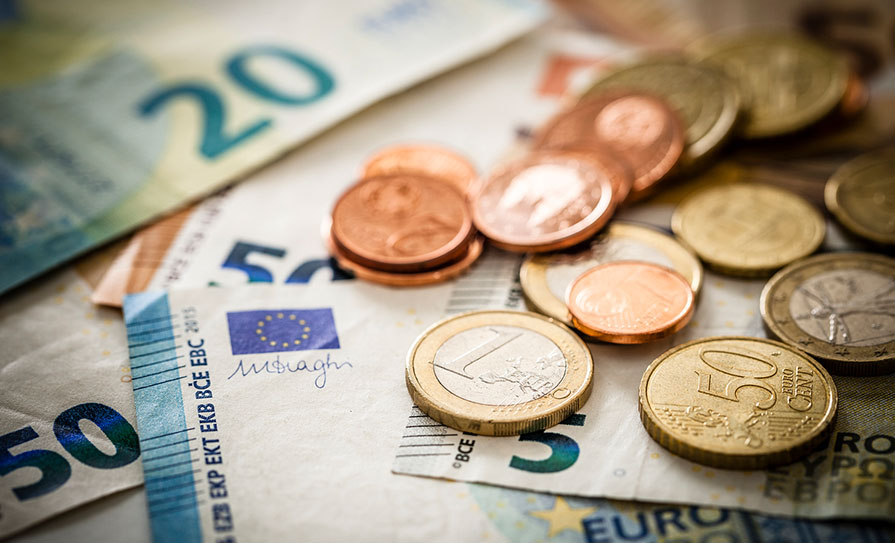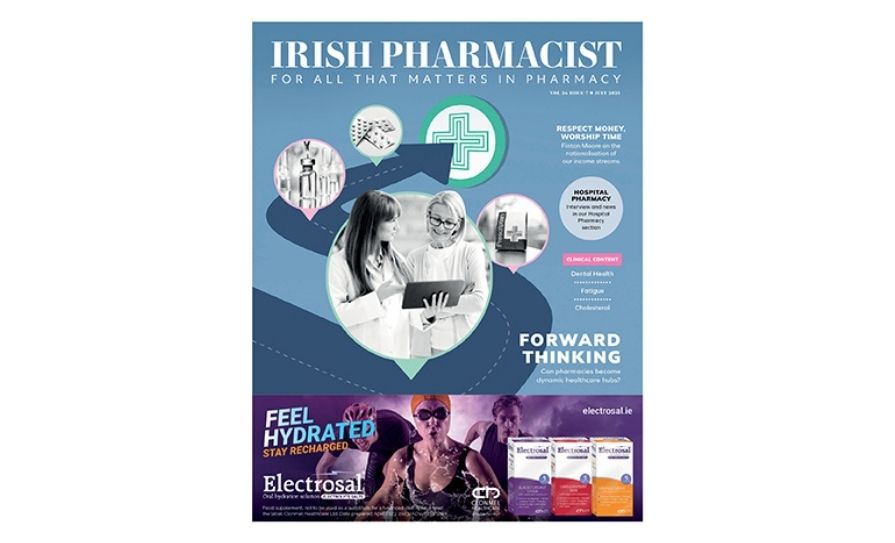The simple fact is that a lot of medicines on the Irish market are now too cheap and money may be the root of all medicine shortages, writes Fintan Moore
Medicine shortages have been the bane of our lives for months now, and it feels like every second prescription has some kind of issue associated with it. I’ve lost track of the number of times I’ve had to change the generic pantoprazole that I’m dispensing. Having said that, at least I haven’t actually run out of pantoprazole, or at least not yet. The same can’t be said for lots of other medications, even critical items such as paracetamol and prednisolone. Reasons given for a lot of the shortages include manufacturing and supply chain issues caused by Brexit, the Ukraine war, staff unavailability and energy costs, but for a significant number of them, it simply comes back to money. Whenever you’re looking for the cause of a problem, the root of all evil can always be relied upon.
The simple fact is that a lot of medicines on the Irish market are now too cheap, especially when you consider the extra costs of delivering them from Europe or further afield. If you have a warehouse full of product in France, why would you bother trying to deliver it to our sodden rock on the edge of the Atlantic when you can just send it a couple of hours down the road to Germany or Italy and sell it at a higher price? To take the products I mentioned above — the factory gate price for 100 paracetamol is €1.73 in Ireland, but the EU average is €7.35. For 98 prednisolone 5mg, the Irish price is €3.06 versus the EU price of €7.49. Simple economics dictates that we’re going to be on the hind teat whenever supplies get allocated.
This problem has been brewing for years as our medicine prices came down, and there is no quick fix because it will require a rethink in the decision process for deciding how much the State pays for medication. However, there are obvious measures that could be taken to alleviate the situation in the short-term. For some of the products that are unavailable, there are often unlicensed equivalents that pharmacists are able to source, usually at similar prices to the licensed version. The ULMs are generally from other EU countries, so the standard of manufacture is not a problem. It would be simple for the HSE to arrange a temporary GMS code to allow us to dispense these on State schemes, but the people with power in the HSE don’t seem to like simple answers — and I doubt that we’re paying them less than the EU average.
Medicines Management Programme Needs Rebooting
Another Government body that could use more pharmacist input is the Medicines Management Programme. To quote the HSE: “The Medicines Management Programme aims to promote safe, effective and cost-effective prescribing.” Community pharmacists will know them best for the restrictions brought in on the dispensing of blood-glucose testing strips, and the categorisation of many Oral Nutritional Supplements into List A or List B, depending on their payment approval. Both of these initiatives have been a pain in the backside to operate, and the inflexibility of the PCRS has been disgusting when it comes to paying for items dispensed in good faith, but not in compliance with the red tape. However, to give credit where credit is due, prior to these changes there was major over-prescribing of test strips and of ONS, so the cost-savings for the State are significant.
Simple economics dictates that we’re
going to be on the
hind teat whenever supplies get allocated
The major failure of the people in the MMP is that they seem oblivious to the cost to the State of the bureaucracy surrounding the supply of medication. Community pharmacists hate the Hardship Scheme because of the extra administrative workload of getting product approval, the delays in getting paid, and the uncertainty of getting paid correctly. Patients and their families suffer from the stress and delays caused by the approval process. But in addition to the extra workload on the pharmacist, all of these issues similarly require extra work by staff in hospitals getting consultants to request approvals, and by HSE staff processing the approval requests and dealing with claims for payment. The ludicrous part of all this extra work is that it saves the HSE no money whatsoever.
The MMP should be focused on wiping the Hardship Scheme out of existence, or at the very least identifying the top 50 most frequently dispensed items on the Hardship Scheme and issuing them with GMS codes. There are obvious examples — I recently had a prescription from Crumlin Children’s Hospital for a specific strength of Propranolol liquid, and the prescriber was adamant that we dispense that particular strength because it’s the hospital’s preferred option, and changing to a different one would create a risk of dosing error. Fair enough. However, their preferred option doesn’t have a GMS code, even though other strengths of the product do. So for any child with a medical card, the only route to getting the correct medication would be via the Hardship Scheme, despite the associated bureaucratic waste. This is easily fixed, but somebody in authority would have to care.
Inflation — Driving
Me Bananas
I’m stating the obvious when I mention that prices have been going up a lot on just about everything. We’re all liable to notice it in relation to different things, whether it be the price of a pint, a latte or a litre of diesel. In my case I’m a creature of habit, and I get the same mid-morning snack every working
day, and have done for a couple of decades — namely a banana and a
raisin scone. Up to a couple of years ago, this combination cost exactly €1. Then
about a year ago, the scone went up in price, so the total price became €1.20. Recently, the scone went up again and the banana also went up in price, so my tea-break now costs €1.50. This is a 50 per cent hike over a couple of years. So I’ve got to confess that I’m feeling a bit hard done by when my dispensing fees on State schemes haven’t gone up for about a decade. When the inflation rate was low it didn’t hurt so much, but now it’s
a different kind of Banana Republic.
Fintan Moore graduated as a pharmacist in 1990 from TCD and currently runs a pharmacy in Clondalkin. His email address is: greenparkpharmacy@gmail.com.







